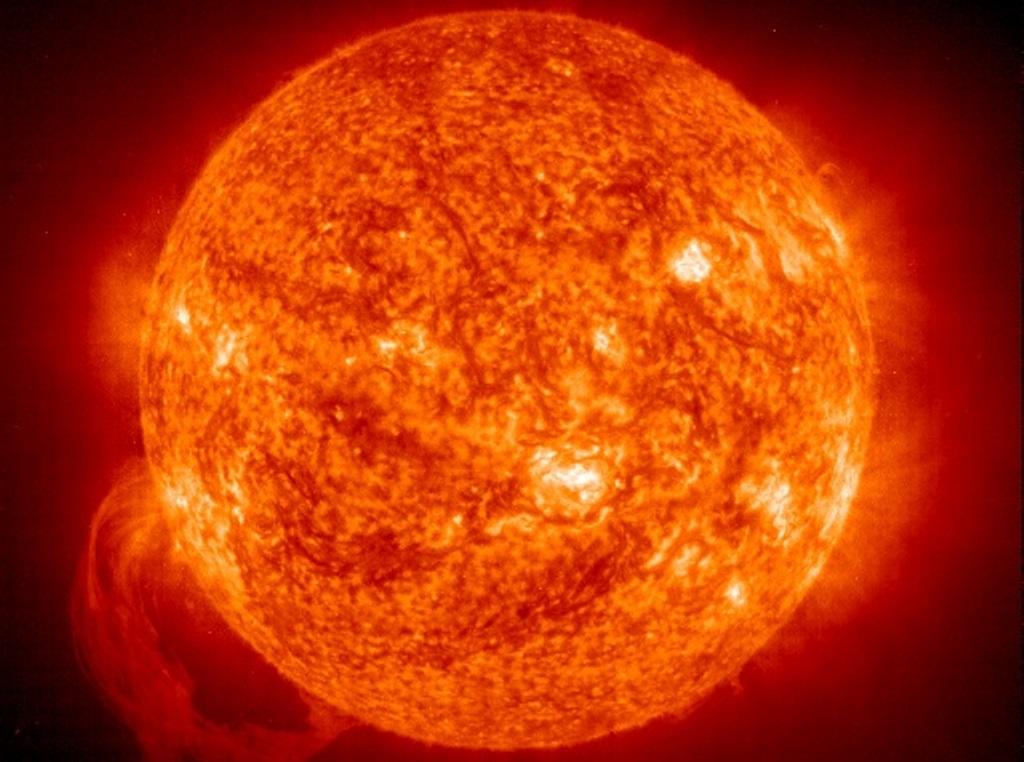
HOUSTON—NASA has selected the Sun Radio Interferometer Space Experiment (SunRISE), a multiple small satellite mission to study how the Sun generates giant solar particle storms while mapping the host star’s magnetic field lines as they extend outward into the Solar System.
In addition to providing data on solar activity that can interfere with Earth-orbiting satellite operations and terrestrial power grids, the mission will also help to warn astronauts assigned to future deep space exploration destinations like the Moon and Mars of potential solar radiation threats.
The $62.6 million mission will launch no earlier than July 1, 2023, according to a March 30 announcement. SunRISE’s six small satellites will be launched as a rideshare with a Maxar Technologies commercial satellite. Once in orbit, the SunRISE spacecraft will be deployed from a Payload Orbital Delivery System to fly within 6 mi. of each other and equipped to create three-dimensional maps of the Sun that illustrate the burst point and how the blast is expanding into space.
“The more we know about how the Sun erupts with space weather events, the more we can mitigate their effects on spacecraft and astronauts,” said Nicky Fox, director of the NASA Science Mission Directorate’s heliophysics division, in a statement accompanying the announcement.
NASA’s Deep Space Network will provide a communications source for the small satellite constellation.
Led by University of Michigan researcher Justin Kasper and managed by NASA’s Jet Propulsion Laboratory, SunRISE was among proposals initially selected in 2017 as a mission of opportunity under NASA’s Explorer Program. Following an 11-month concept study, SunRISE was approved in February 2019 for additional formulation.






Comments